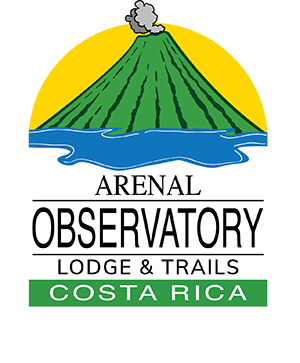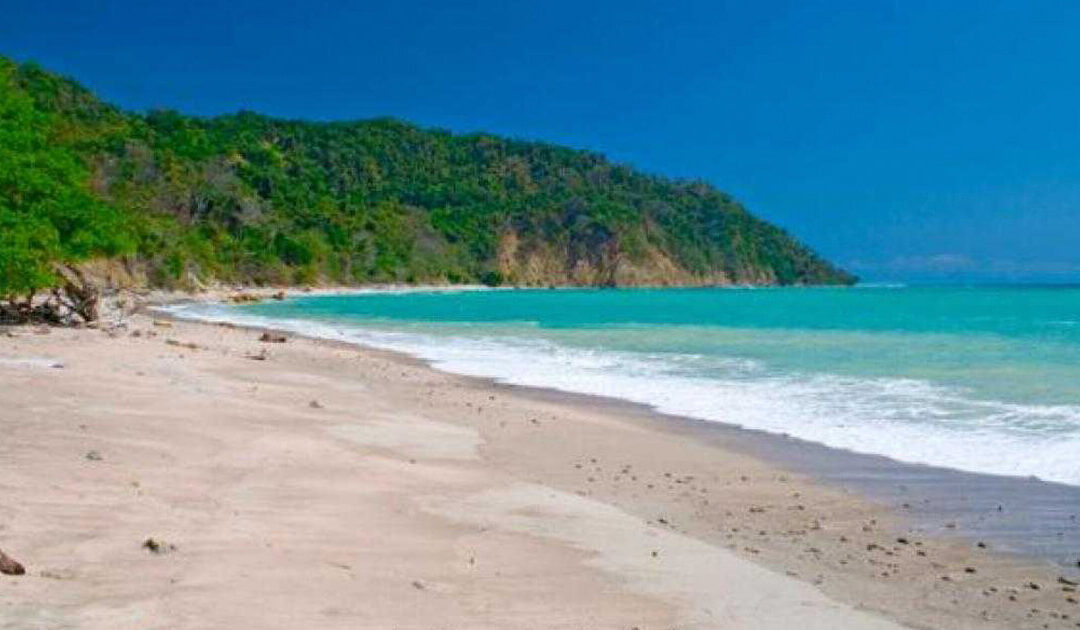Cabo Blanco Aboslute Nature Reserve
Located in the southern side of the Nicoya Peninsula, Cabo Blanco is a national park of 1172hectares of forest and many kilometers of dramatic coastline and is home to hundreds of animal and plant species. This is one of the most popular tourist destinations on the Nicoya Peninsula.
This is the largest single area in Costa Rica set aside as as “Aboslute Reserve”, which absolutely restricts the impact of humans. But does not mean you can´t enjoy it. To aid their conservation goal, Cabo Blanco limits entrance and provides minimal facilities. You can´t camp in the park and the only thing to do is hike in and hike back out long market trails. The ranger station, 2 kms from Cabuya, has good maps of the various trails.
What ´s so great about so few people entering the 1,172 hectares reserve is that wildlife abounds – variegated squirrel, mantled howler monkeys, white face throated capuchin monkeys, agouti, white-nosed coati, even jaguarundi. Off the tip of the shore, Isla Cabo Blanco is a bird breeding preserve, home to 400 pair of brown boobies. Cabo Blanco got its name from the Spanish explorers who saw the thinck layers of white bird excrement on the island´s rocks. Expatriates Karen Morgenson and Olof Nicolas Wessberg arranged the purchase of the area in 1963 and donated it to the Costa Rica government – an act that spurred the creation of the National Park Service. When they bought it, the core of Cabo Blanco was all that was left of primary rainforest; the rest of the land around it had been cut and cleared for pasture. One of the reasons this is now an “Absolute reserve” is to see how well and how quickly the rainforest can heal itself. Using the core as a genetic see bank, the remaining 85% of the reserve is now secondary forest, and encouraging sign for the world´s rainforests.

